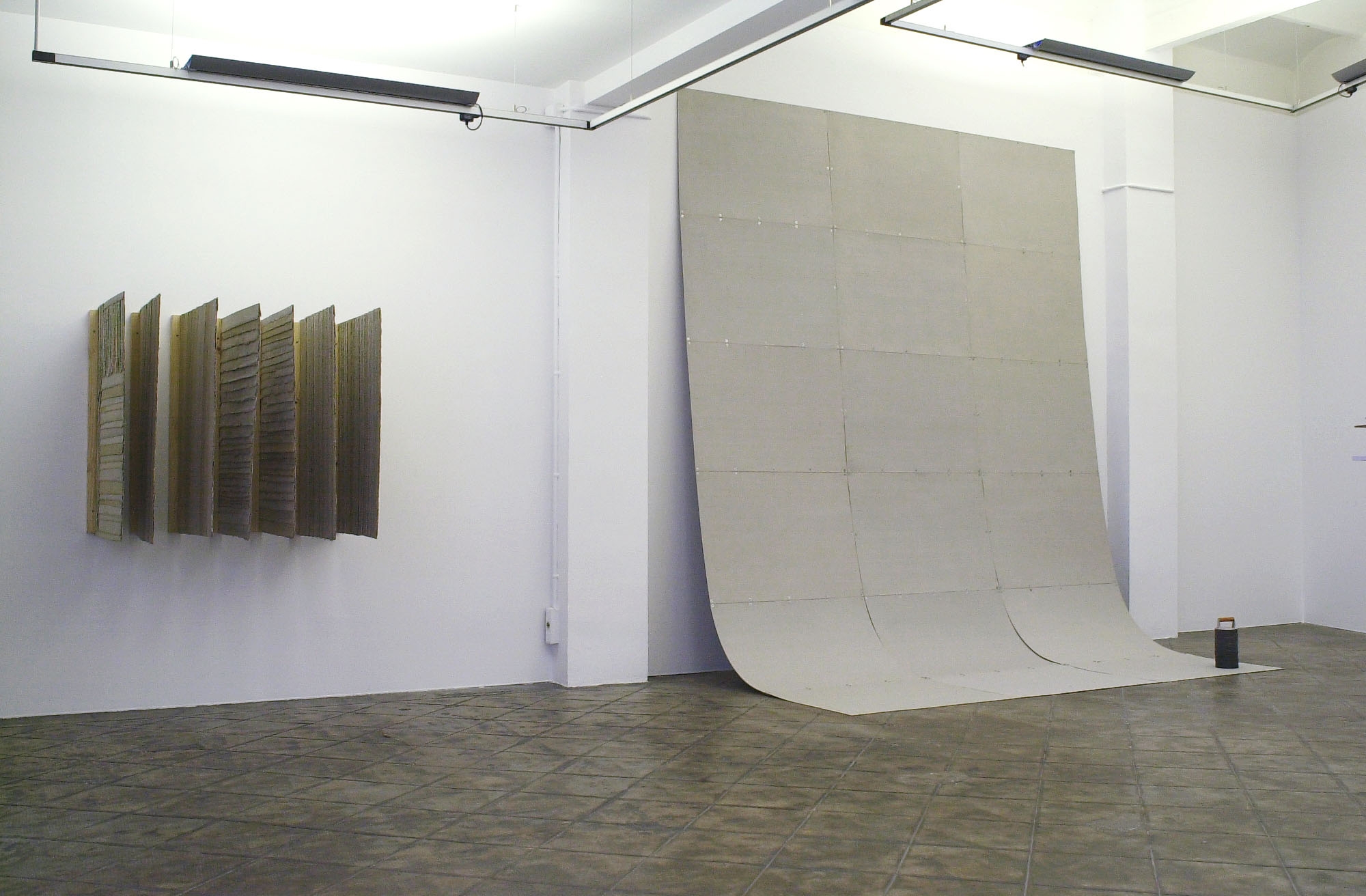ArtReview sent a questionnaire to artists and curators exhibiting in and curating the various national pavilions of the 2015 Venice Biennale, the responses to which will be published daily in the lead-up to the Venice Biennale opening. Gilda Mantilla and Raimond Chaves are representing Peru. The pavilion is in the Arsenale
What can you tell us about your exhibition plans for Venice?
We are addressing a local issue – the links we have established in Peru between past and present, based on the protocols with which we relate to ruins – and assuming as a core problem the inherent and unavoidable translation into a global context. In addition to seeking connections and links to other similar contexts, we want to frame, in contemporary terms, the question of the ruin in a world in which many of the ideas, values, institutions, and constructs we had considered optimal and valid are now in a ruinous state.
Are you approaching this show in a different way as to how you would a ‘normal’ exhibition?
In a sense, it is another exhibition and we engage it with our usual rigor and responsibility. However, given that our work’s referents tend to be geographically and culturally near, this show demands a particular ‘translation’ effort that we’ve made into one of the axes from which to conceptualise this project. It is worth also noting the uniqueness of an event such as Venice that is actually the sum of many exhibitions, with the considerable release of ‘artistic energy’ it entails.
What does it mean to ‘represent’ your country? Do you find it an honour or problematic?
It is an honour in the sense that we are aware of all the work, effort and enthusiasm behind this initiative, especially because it is the first time that the country has had its own national pavilion. We think that, in a country in which greater determination regarding its support to culture is still needed, this has much merit. It is problematic in another sense that probably coincides with the point of view of other participating artists. Today, the conventional model of the nation-state is being questioned by the dynamics of globalisation. It implies that, in terms of cultural and identitary affiliation, you can assume a lot of simultaneous and even contradictory references as your own, and work with the schizophrenia of being global and local at the same time.
How are you approaching addressing the different audiences who come to Venice – the masses of artist peers, gallerists, curators and critics concentrated around the opening and the general public who come through over the following months?
Our mind is set on a committed spectator, somewhat informed and above all curious. That would be the basis for an encounter between public and artwork. Ideally we would like to work with a double edge: that of being able to work with complex problems while making them accessible and understandable to a broad group of people, which ideally could engage with the work from different angles. Our strategy of combining various registers and disciplines contributes to an experience that can be assimilated by all kinds of audiences.
What are your earliest or best memories of the biennale?
RC: My first visit in 1995 driving all the way from Barcelona and back.
GM: Being able to make it to the Latin American pavilion back in 2003 when I was part of the Peruvian representation.
You’ll no doubt be very busy, but what else are you looking forward to seeing?
If possible, we’d like to visit all the exhibitions and national pavilions. We would not want to miss a single show there.
How does a having a pavilion in Venice affect the art scene in your home country?
It is a very important step that will contribute to strengthening cultural work in Peru. It also highlights the importance of culture and the enormous benefits that stem from furthering the work developed in this field. Furthermore, we believe that our presence, like that of the other two Peruvian artists in the main exhibition, is actually a kind of honorific representation to a very varied and heterogeneous art scene. We feel we are in the role of the spearhead of a wider community, which we somehow represent and to which we owe ourselves, in a country where to make a living as an artist is by no means easy. The pavilion, in that regard, constitutes a platform to articulate a creative and cultural project to a larger scene. This is for the long run.
